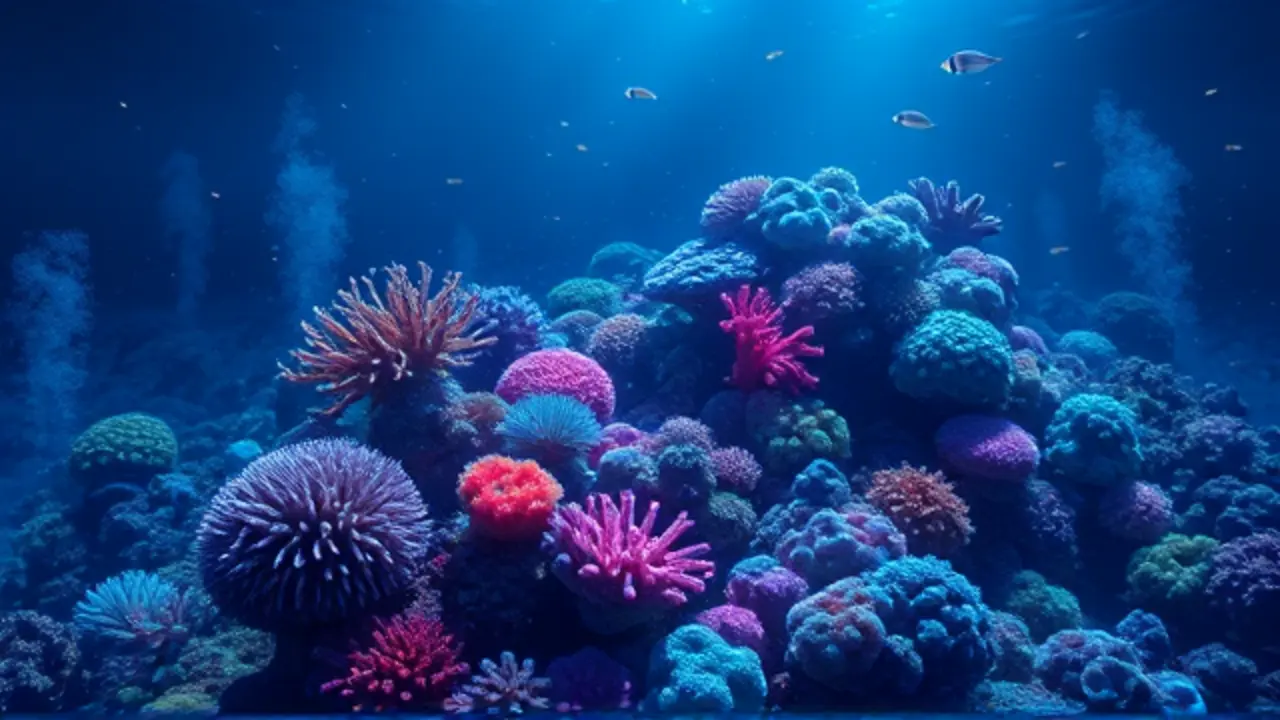Hong Kong Reviews Tourist Capacity After Coral Damage
The recent trampling of delicate corals in a Hong Kong geopark during the 'golden week' holiday surge represents more than a simple misstep in tourist management; it is a stark microcosm of the global crisis playing out at the intersection of our wanderlust and the planet's fragile ecosystems. Hong Kong Chief Executive John Lee Ka-chiu's announcement that authorities will assess the carrying capacity of popular sites and intensify visitor education is a necessary, if belated, response, yet it underscores a painful, recurring narrative in conservation.We have seen this story before, from the bleaching of Australia's Great Barrier Reef due to warming seas and overtourism to the literal paths of erosion carved into ancient archaeological sites like Machu Picchu. The fundamental challenge remains: how do we reconcile the economic imperative of tourism, a vital artery for many local economies, with the non-negotiable duty of ecological stewardship? The plan to potentially envelop these ecologically significant sites within the formal protection of marine parks is a positive regulatory step, but history has shown that lines on a map are insufficient without a profound shift in both infrastructure and mindset.True protection requires a multi-faceted strategy that goes beyond mere signage. This includes implementing hard caps on daily visitors, a model successfully, if controversially, employed in places like Peru and the Galápagos Islands, coupled with a significant investment in raised boardwalks and designated, guide-led pathways that physically separate human footfall from sensitive habitats.Furthermore, education cannot be a passive brochure at the airport; it must be an immersive, mandatory briefing that connects the vibrant, living coral polyms—each one a tiny architect building a complex metropolis for countless marine species—to the broader health of our oceans, which regulate climate and produce oxygen. The damage in Hong Kong is a symptom of a deeper ailment, a disconnect between the Instagram-driven desire to 'experience' nature and the understanding that we are visitors in a living, breathing world that does not exist for our entertainment.The data is unequivocal; a 2023 report from the Global Coral Reef Monitoring Network indicated that despite local recovery efforts, the global trajectory for coral cover is one of decline, with direct physical damage from anchors and trampling being a significant, preventable contributor. As Rachel Adams, whose reporting is deeply informed by the urgent narratives of climate scientists and marine biologists, the situation demands we listen to the silent language of the reefs.The bleached and broken corals are not just a loss of biodiversity; they are a canary in the coal mine for coastal communities that rely on them for storm protection and fisheries. The path forward for Hong Kong, and for the world, is not to close these natural wonders away, but to manage access with the same precision and respect we would afford a priceless museum artifact.It is about fostering a culture of 'leave no trace' tourism where the highest value is placed on preservation, not just the photograph. The review of tourist capacity is a start, but the real work lies in weaving environmental ethics into the very fabric of the tourist experience, ensuring that the geoparks we cherish today remain vibrant, living landscapes for generations to come, rather than becoming mere footnotes in a history of what was lost.
Latest News
The tragedy that unfolded on Shouson Hill Road this week, where a 34-year-old expatriate mother is suspected of drowning her seven-month-old daughter before
2 days ago0 comments
The news hit with the brutal, unvarnished force that only a tragedy unfolding in a place of presumed safety can deliver—a 16-year-old girl, her life
2 days ago0 comments
The sentencing of Constable Cheng Yuk-wai to six months behind bars for the indecent assault of a 31-year-old woman near Diamond Hill station isn't just a
2 days ago0 comments
In a case that resonates with the enduring tension between individual accountability and systemic responsibility within civic governance, Senior Counsel Alan
2 days ago0 comments
In a chilling case of digital-age predation, a Chinese man was apprehended for the brazen theft of 380,000 yuan, approximately US$53,000, in wedding gift
2 days ago0 comments
The recent trampling of delicate corals in a Hong Kong geopark during the 'golden week' holiday surge represents more than a simple misstep in tourist
2 days ago0 comments
The revelation that Hong Kong police have logged more than 125 reports concerning fraudulent academic qualifications at the city's universities in just the
2 days ago0 comments
The disappearance of a 34-year-old South Korean man in Cambodia, identified only by his surname Yang, has sent shockwaves through international diplomatic
2 days ago0 comments
It’s quiet here...Start the conversation by leaving the first comment.
